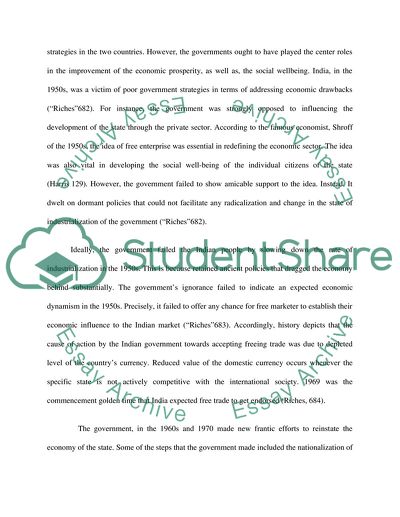Cite this document
(“Comparison of Governmental Policies of India and China Regarding Essay”, n.d.)
Comparison of Governmental Policies of India and China Regarding Essay. Retrieved from https://studentshare.org/macro-microeconomics/1670134-comparison-of-governmental-policies-of-india-and-china-regarding-economic-progress-and-social-wellbeing
Comparison of Governmental Policies of India and China Regarding Essay. Retrieved from https://studentshare.org/macro-microeconomics/1670134-comparison-of-governmental-policies-of-india-and-china-regarding-economic-progress-and-social-wellbeing
(Comparison of Governmental Policies of India and China Regarding Essay)
Comparison of Governmental Policies of India and China Regarding Essay. https://studentshare.org/macro-microeconomics/1670134-comparison-of-governmental-policies-of-india-and-china-regarding-economic-progress-and-social-wellbeing.
Comparison of Governmental Policies of India and China Regarding Essay. https://studentshare.org/macro-microeconomics/1670134-comparison-of-governmental-policies-of-india-and-china-regarding-economic-progress-and-social-wellbeing.
“Comparison of Governmental Policies of India and China Regarding Essay”, n.d. https://studentshare.org/macro-microeconomics/1670134-comparison-of-governmental-policies-of-india-and-china-regarding-economic-progress-and-social-wellbeing.


